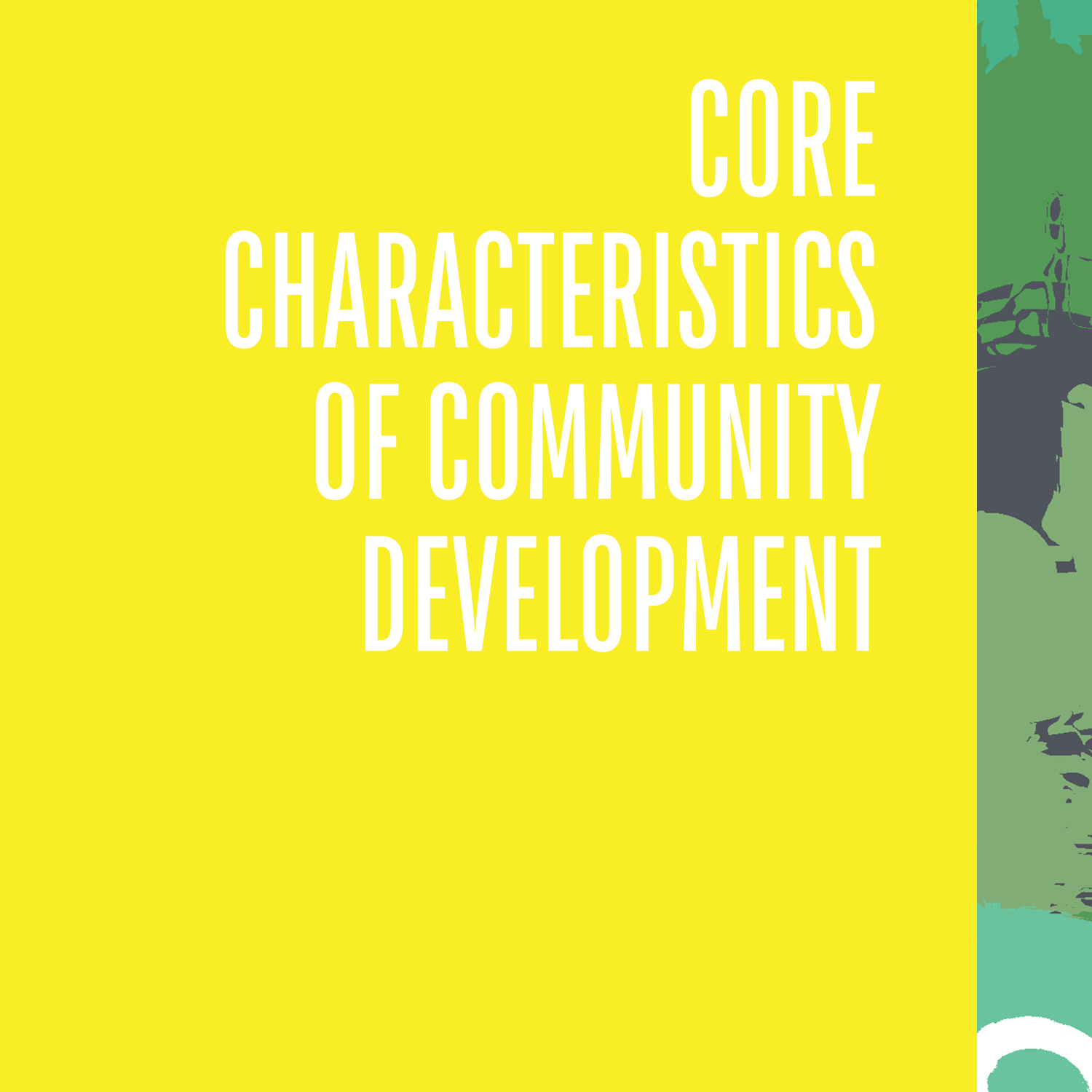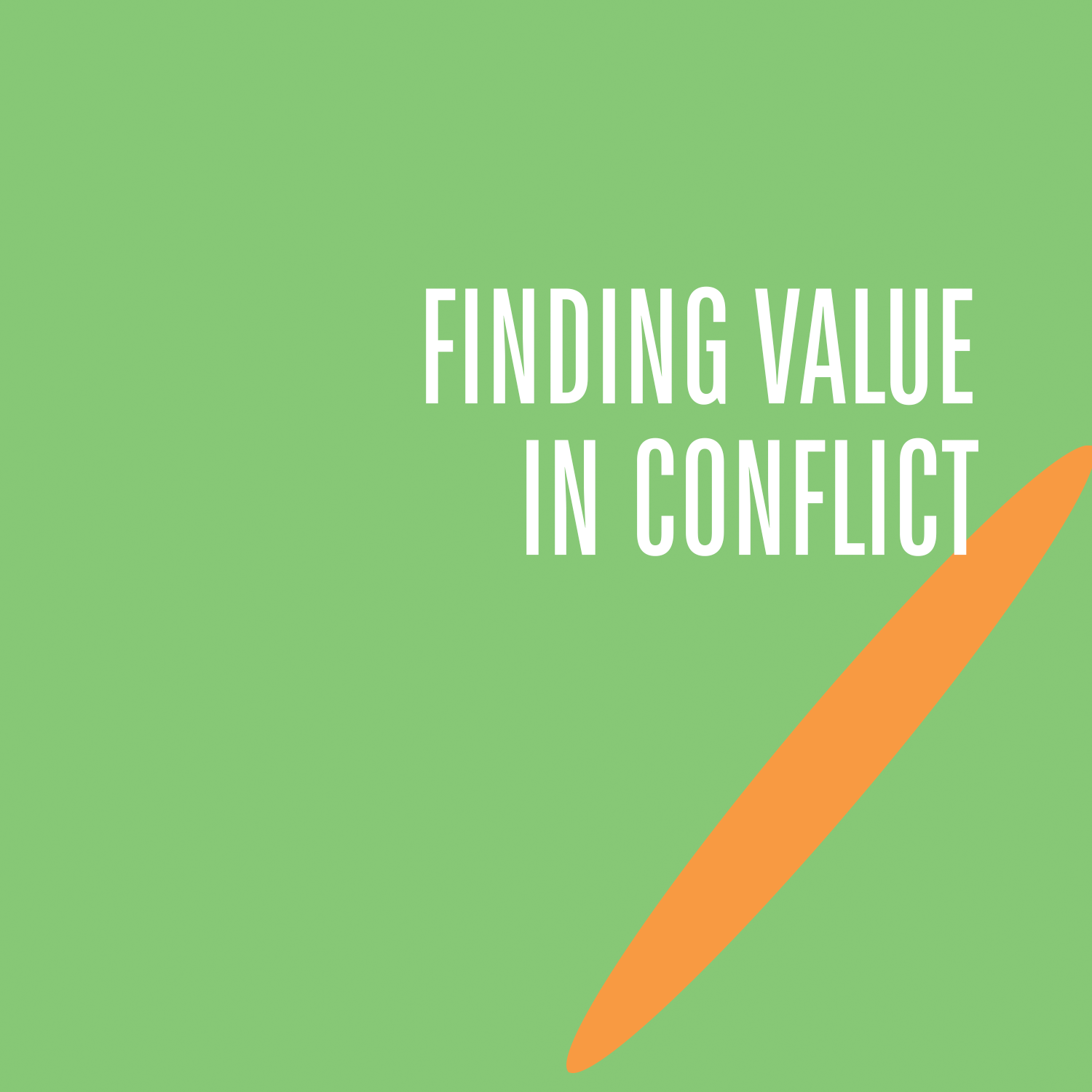We focus on meaningful research and learning about place-based change. We try to get to the big picture and the root causes … but still make the information is relevant, accessible and concrete for practitioners and residents looking to change things today.
RESEARCH
Prepared with ThirdSpace Action Lab and the Community Opportunity Alliance. Residents formed the very first community development organizations and have played a central role throughout their history. This report digs into what residents in four communities across the United States think about the state of resident voice in the sector today and their visions for what it could look like in the future.
In too many communities, “experts” come in and talk about bringing assets into a community … with very little attention to the assets that are already there. In partnership with ArtPlace America, we explore why cultural asset mapping is so important to equitable development and how you can do it in meaningful ways.
Prepared as part of ThirdSpace Action Lab’s The People Practice. This large-scale research looks at how structural racism shows up throughout today’s community development sector, including the dominant narratives that may be holding the sector back. Then we unpack what anti-racist practice and policy can look like — and why that matters to the way we advance place-based change.
Prepared as part of ThirdSpace Action Lab’s The People Practice. If we want to build a better future in community development, first, it’s important, to get to a better understanding of what community development has been throughout history. This report unpacks how the American notions of race, place, policy and on-the-ground solutions have shaped virtually every aspect of the sector’s work today.
Prepared as part of ThirdSpace Action Lab’s The People Practice. The community development sector consists of people with a lot of different roles spread out across thousands of organizations covering everything from real estate development to research to finance. This report outlines the ways that anti-racist practice and policy might look like for these different segments of the sector.












